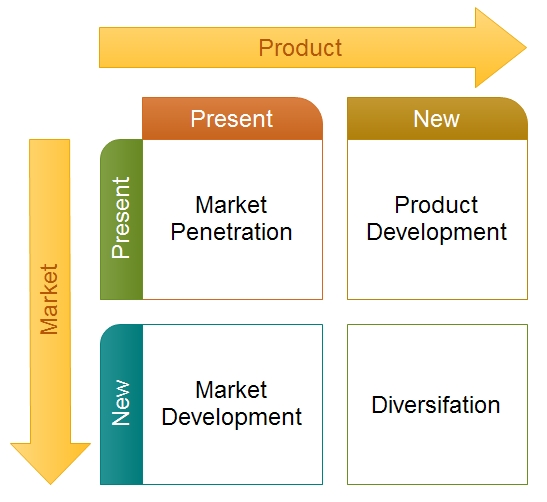
India’s leadership void is not restricted to politics and its public institutions. Corporate India, too, is a facing a leadership crisis. Over the last two decades, a generally rising tide has lifted many boats. This has bred a generation of operationally competent executives, but few leaders who can navigate the volatility and disruption that confront nearly every business.
Globally , we are facing a protracted period of extreme uncertainty and volatility . Technological advances, venture capital and globalisation are forcing a rethink on business models in every industry . The societal consequences of these changes are creating profound ethical and moral dilemmas for business leaders.
It’s not just IT companies that are confronting disruption. Every industry is. There are only two types of companies today: the disrupters and the disrupted. Such times call for transformational leadership rather than transactional leadership, warriors, not peacetime generals.
Boards of companies often wrongly frame their leadership challenge as simply one of CEO succession. Given the poor job that most companies have been doing developing leaders internally , there is a growing tendency to shop for leaders from outside. This works sometimes, as a new executive infuses new energy and some new ideas. However, what it usually results in is a game of musical chairs as senior executives rotate across companies.
Ratcheting compensation and a mercenary culture can be the unintended consequence. The real questions that boards should be asking is: why haven’t we been able to grow even one transformational leader from within and what will it take to do so? Fortunately , most companies have at least a few good people at every level.The challenge is to identify them and accelerate their development. But what does `good’ look like? It is easy to plump for the good performers, the articulate pleasers and dependable soldiers. However, what matters most in developing a pipeline of leaders is discipline in identifying people with the intrinsic ingredients of leadership such as strong drive and initiative, the ability to recover from setbacks and failure, and to deal with ambiguity and learn completely new things -not to mention a sound moral compass and the courage to do what is right rather than what is convenient.
The next thing is to abandon conservatism and take `big bets’ on these people. Most managers are cautious in giving young people big responsibility, the excuse being that the person is `not yet ready’. This is patent nonsense. Good people grow into the shoes they are expected to fill.
Just take a look at all the youngsters who are building amazing new companies. For instance, if he hadn’t had his visa revoked, Kunal Bahl would likely be a middle manager at Microsoft in Seattle rather than running a $5-billion company called Snapdeal. To develop leaders, you have to take young talent and throw them into challenges far bigger than they are ready for. Repeatedly .
These challenges become the crucibles in which their leadership capability gets forged with the right mentoring and inputs. When it comes to developing leaders, nothing else works: not coaching, not training, not expensive programs at Harvard. Transformational experiences are essential if you want transformational leaders. It’s the real reason why Indian immigrants do so well in other countries.
Talent development in most companies looks like an escalator. Everybody gets on, everyone receives some training, advancement is time-bound, but a few people manage to `climb’ the steps and get to the top. The escalator is still necessary , but not sufficient because we’ve run out of time. So, in addition to the normal democratic process, companies must systematically identify people with exceptional intrinsics and get them off the escalator into the express lift.
Nothing will change unless and until leaders are held accountable for growing leaders, starting with the CEO down. Almost every decent company has a talent development process, training programs, programs for high potential leaders and so on. But the result is still a leadership crisis.
The reason in simple. In 99.99% of companies, executives get promoted simply for hitting their numbers. To become a talent factory , the big rule should be that you can get your bonus for meeting numbers but you won’t get promoted unless you are seen as an attractor and developer of talent.
Leadership development takes time. To see results, a company must stay the course for 5-10 years at the very least. It has to be led personally and passionately by the CEO for whom this must be a top priority . In our dynamic and turbulent world, companies will find their future constrained neither by opportunities nor resources. Only leadership.
(This article first appeared as an opinion piece in the Economic Times)




